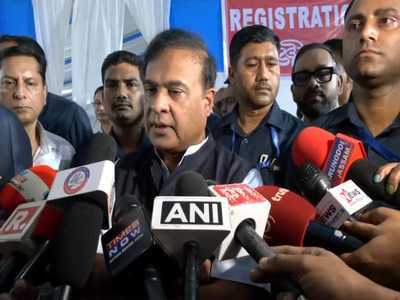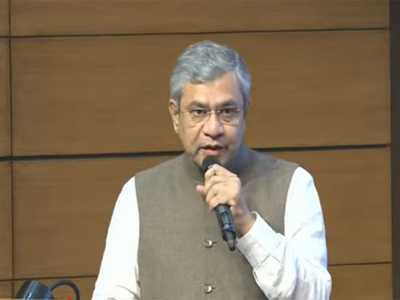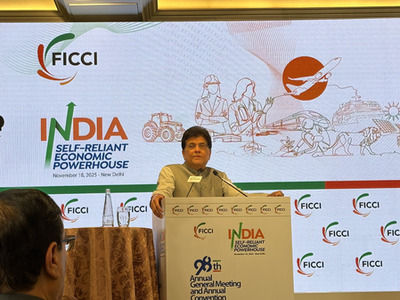
India's ambition to build a strong semiconductor and advanced technology manufacturing base is a "great strategy", but its success will depend on how quickly the broader ecosystem is enabled to grow with less red tape and stronger industry coordination, said Rakhee Chachra, Global Leader for Telecom, Media and Entertainment at the IBM Institute of Business Value.
Speaking to ANI on the sidelines of the 22nd India-US Economic Summit, Chachra said India's semiconductor vision is an essential step toward reducing supply-chain vulnerabilities and improving cost efficiency. "Being able to develop things in-house is always a great start because then you take away the supply-chain issue and the cost issue," she noted. But to translate this intent into sustained industry growth, she emphasised that India must build a collaborative ecosystem rather than focus on isolated capabilities.
"It's a great start, but we need to create an environment where we cut the red tape and provide everyone in the ecosystem an opportunity to grow, advance and work together."
She added that while companies like NVIDIA lead the chip-design space globally, players such as IBM contribute in complementary layers like quantum computing, networks, storage and power systems. The semiconductor strategy, she said, would gain strength only if India ensures all partners across the value chain have room to participate and innovate.
Moving to the broader theme of digital innovation, Chachra said India is at an inflection point and does not need to replicate Silicon Valley to succeed. Instead, the country can chart its own model based on public digital infrastructure. "If you look at India, our public digital infrastructure processes about 100 billion transactions per month through UPI. That already shows we have a system that is open, trusted, reliable and scalable, and many countries are reviewing it."
She said the next big step is converting these digital rails into AI-native infrastructure, integrating identity, consent frameworks and AI assistants to support SMEs, farmers and citizens. "This is not far away--it is doable and practical," she said.
On India-US technology cooperation, she highlighted that both nations bring unique strengths that can produce globally relevant solutions. "One brings innovation of models and architecture, and the other brings the ability to deploy at scale in a cost-efficient manner. When you combine these two, you get a real live lab for AI-native architecture."
Addressing concerns around brain drain, she described it as a natural cycle driven by opportunities. But she believes India is positioned for a reverse flow if it strengthens infrastructure, academia and environmental factors that make people "want to live and work here."
Commenting on tariff tensions between India and the US, she said the situation is "very political and short-term", with smaller businesses feeling the greatest impact. However, she expects the issue to stabilise. "Things will settle down... I don't think it defines the overall relationship. No relationship survives without equal respect and understanding."
-
Centre grants sanction to proceed against Zubeen Garg's death case, chargesheet to be filed by Dec 10: CM Himanta Biswa Sarma

-
Man Utd star sends heartfelt message to family of man in coma after horror crash

-
Couple on the breadline rage at asylum seekers and ask 'why do they get it all?'

-
Railways reduce bulk cement freight charges, support affordable housing for poor and middle-class families

-
Industry must set bold targets and mentor next-gen leaders: Piyush Goyal
